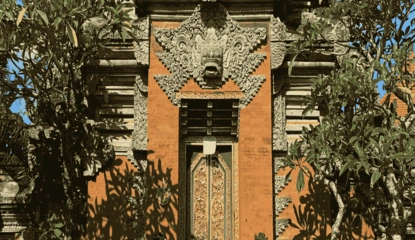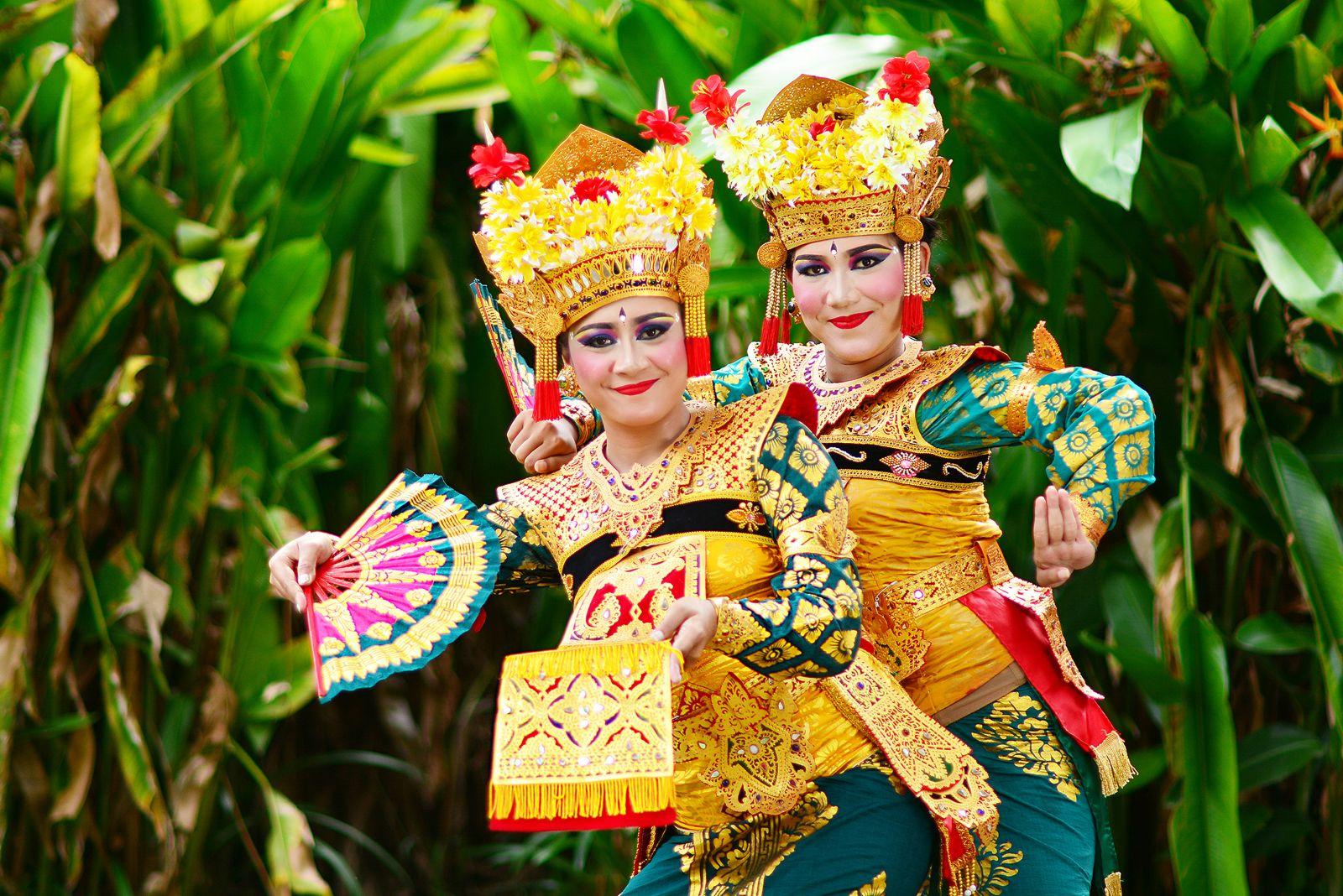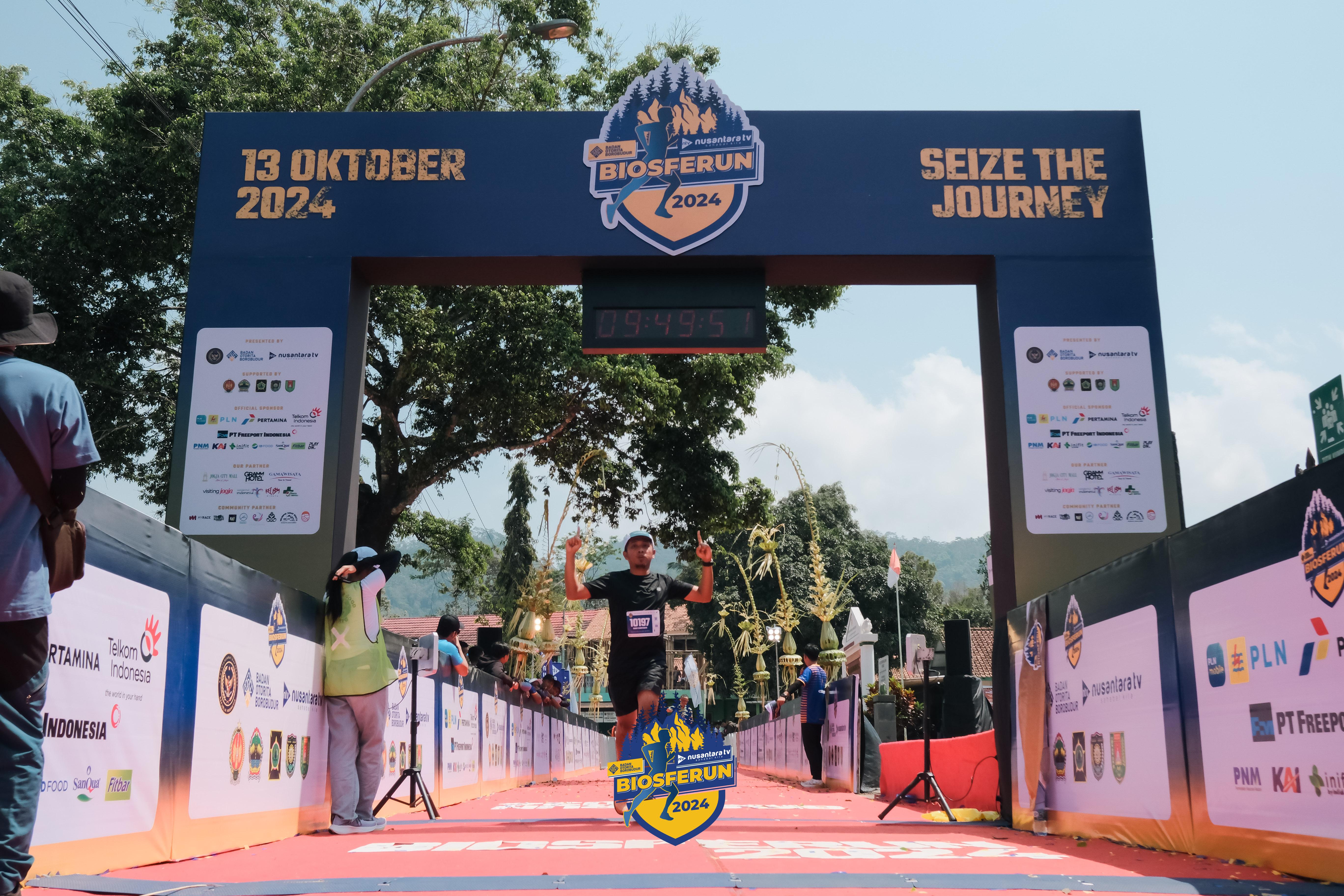Bali, the island of gods, is a treasure trove of vibrant art, culture, and tradition. Among its diverse cultural offerings, the Legong Dance, or Tari Legong, stands out as one of the most iconic and graceful classical Balinese dances. Known for its intricate movements, elaborate costumes, and captivating music, Legong is a mesmerizing blend of storytelling, tradition, and artistic precision.
Often performed in temples and cultural events, Legong Dance holds a special place in the hearts of the Balinese people and serves as an enchanting introduction to the rich cultural heritage of Bali for visitors from around the world.
The Origins of Legong Dance
The history of Legong Dance is deeply rooted in Balinese royal culture and folklore. It is believed to have originated in the 17th or 18th century, during the reign of Bali’s royal courts. The dance was traditionally performed to entertain Balinese royals and was often associated with ceremonial and spiritual purposes.
According to legend, the inspiration for the Legong Dance came from a dream of a Balinese prince. In his dream, he saw celestial maidens gracefully dancing in ornate costumes. When he awoke, he instructed his court to recreate the breathtaking movements and expressions he had seen. Thus, the Legong Dance was born, incorporating influence from Balinese Hindu traditions and the elaborate musical compositions of gamelan gong kebyar, a traditional Balinese orchestra.
Characteristics of the Legong Dance
The Legong Dance is one of Bali’s most celebrated and exquisite art forms, renowned for its elegance, precision, and captivating storytelling. Every performance combines intricate movements, elaborate costumes, and enchanting music to create a mesmerizing experience that embodies the very essence of Balinese culture.
At the heart of the Legong Dance is the extraordinary grace and intricacy of its movements. Dancers perform with exceptional precision, synchronizing gestures that highlight the elegance of their arms, wrists, fingers, and eyes. A particularly mesmerizing aspect of the performance is the use of mudras, delicately symbolic finger gestures that add meaning to each motion. Carefully refined and fluid, these movements reflect different facets of the story being brought to life, captivating audiences and adding layers of depth to the performance.
Equally important is the emphasis on facial expressions, a hallmark of Balinese dance. The Legong Dance employs the distinctive seledet technique, where dancers skillfully dart their eyes from side to side in rhythm with the music. This intricate eye movement, paired with seamless transitions in facial expressions to convey emotions like joy, tension, and sorrow, enhances the storytelling by connecting the audience to the emotional core of the performance.
The dance is made even more enchanting by its visual splendor, with performers adorned in opulent costumes. The dancers wear vibrant silk sarongs and shimmering accessories, crowned by ornate, golden headdresses that elevate the artistry of the performance. These intricate costumes are carefully designed to reflect the characters they portray, drawing audiences deeper into the dance’s mythical world.
Accompanying the visual and physical artistry is the hypnotic rhythm of the gamelan orchestra, a traditional Indonesian ensemble of percussion instruments including gongs, metallophones, and drums. The gamelan’s dynamic melodies and beats guide the dancers, whose movements are perfectly synchronized with the ebb and flow of the music. This seamless union of sound and motion creates an immersive experience that showcases the harmony between dance and music in Balinese culture.
Underlying this technical and artistic brilliance are the stories told through the Legong Dance. Rooted in Balinese folklore and Hindu epics like the Ramayana, the dance becomes a medium for narrating tales of gods, heroes, and legendary battles. Every motion, gesture, and expression plays a role in bringing these timeless stories to life, offering audiences not only entertainment but also a glimpse into Bali’s spiritual and cultural heritage.
The Performers: Young, Skilled Dancers
Traditionally, the Legong Dance is performed by young prepubescent girls, often referred to as legong dancers. These young performers are selected for their beauty and agility and undergo rigorous training to master the demanding movements and expressions of the dance. The term “Legong” itself is derived from “leg,” meaning graceful movement, and “gong,” referring to the gamelan accompaniment.
Over time, the dance has evolved to allow performers of various ages to participate, but it still retains its youthful spirit and elegance.
The Structure of Legong Dance
The Legong Dance can last between 30 minutes and an hour and is divided into several sections, each with its own narrative and mood. The dance typically begins with a ceremonial opening to honor the gods and set the tone for the performance. The main sections of the dance narrate a mythological or historical story, followed by a lively culmination.
One of the most famous variants is the Legong Kraton, or the “Legong of the Palace,” which recounts the story of a Balinese king and his court. In this version, the dancers represent different royal characters in a tale of loyalty, drama, and love.
Cultural and Spiritual Significance
Legong is more than just an art form—it has a profound spiritual and cultural significance in Balinese Hindu society. Performed during temple ceremonies and festivals, the dance serves as an offering to the gods, expressing gratitude and devotion. The intricate movements and music are believed to invoke spiritual energy and harmony, fostering a connection between humans and the divine.
In addition to its sacred role, Legong Dance is also a medium for passing down Balinese history, myths, and traditions to younger generations.
Modern Adaptations of the Legong Dance
While the Legong Dance retains its traditional essence, various adaptations have been created to suit contemporary audiences. Today, it is frequently performed in cultural shows and tourist attractions throughout Bali, particularly in Ubud, Gianyar, and Denpasar. Cultural centers and resorts often stage Legong performances, allowing international visitors to witness this masterpiece firsthand.
Some modern versions incorporate new storylines and additional characters, but the hallmark movements, music, and costumes remain true to the original spirit of the dance.
Where to Watch Legong Dance in Bali
To experience the magic of Legong Dance, visitors to Bali can attend performances in the following popular venues:
-
Ubud Palace (Puri Saren Agung)
Ubud is often considered the cultural heart of Bali, and the nightly Legong performances held at the Ubud Palace are among the most beautiful and authentic. The traditional setting of the palace enhances the cultural experience. -
Pura Dalem Temple, Ubud
For a more spiritual ambiance, Legong performances are held in the courtyard of this historic temple, accompanied by gamelan music under the moonlight. -
Bali Arts Festival
Held annually in Denpasar, the Bali Arts Festival showcases a variety of traditional Balinese dances, including Legong. It provides an excellent opportunity to immerse yourself in Bali’s diverse cultural traditions. -
Cultural Villages
Villages like Batubulan and Gianyar also host Legong performances as part of their cultural tours.
Why You Should See the Legong Dance
The Legong Dance holds a special place in the world of performing arts due to its elegance, precision, and cultural depth. Watching the dance isn’t just entertainment—it’s an opportunity to immerse yourself in Bali’s spiritual and artistic heritage. Each gesture, expression, and musical note encapsulates centuries of tradition and storytelling.
The dance showcases the rich tapestry of Balinese Hinduism, mythology, and creativity, offering visitors a deeper understanding of this enchanting island and its people. Whether you’re a lover of cultural performances or simply curious about Bali, the Legong Dance is an experience that leaves a lasting impression.












